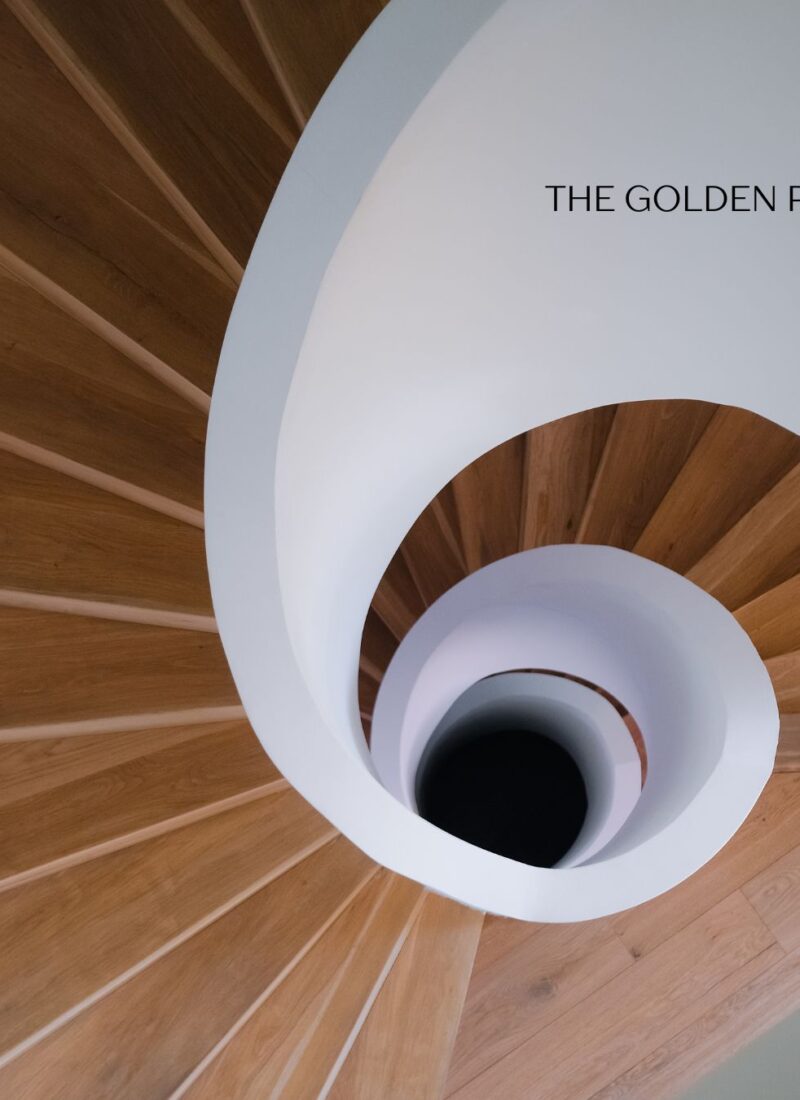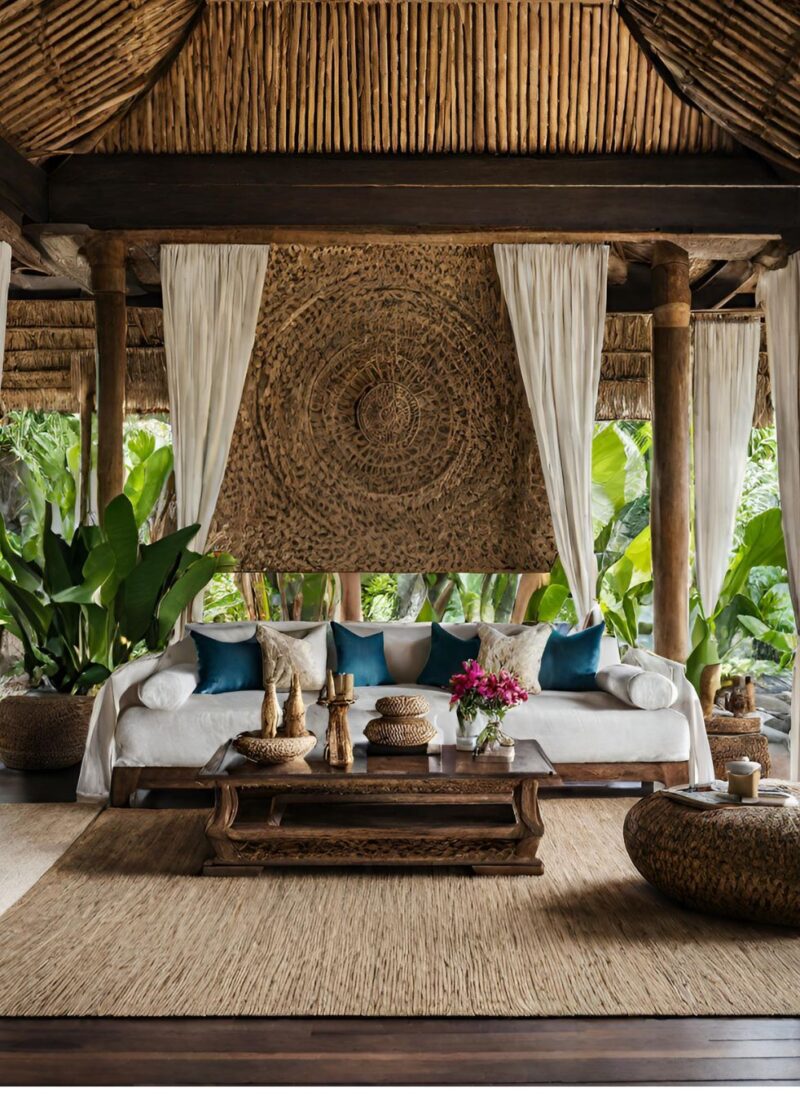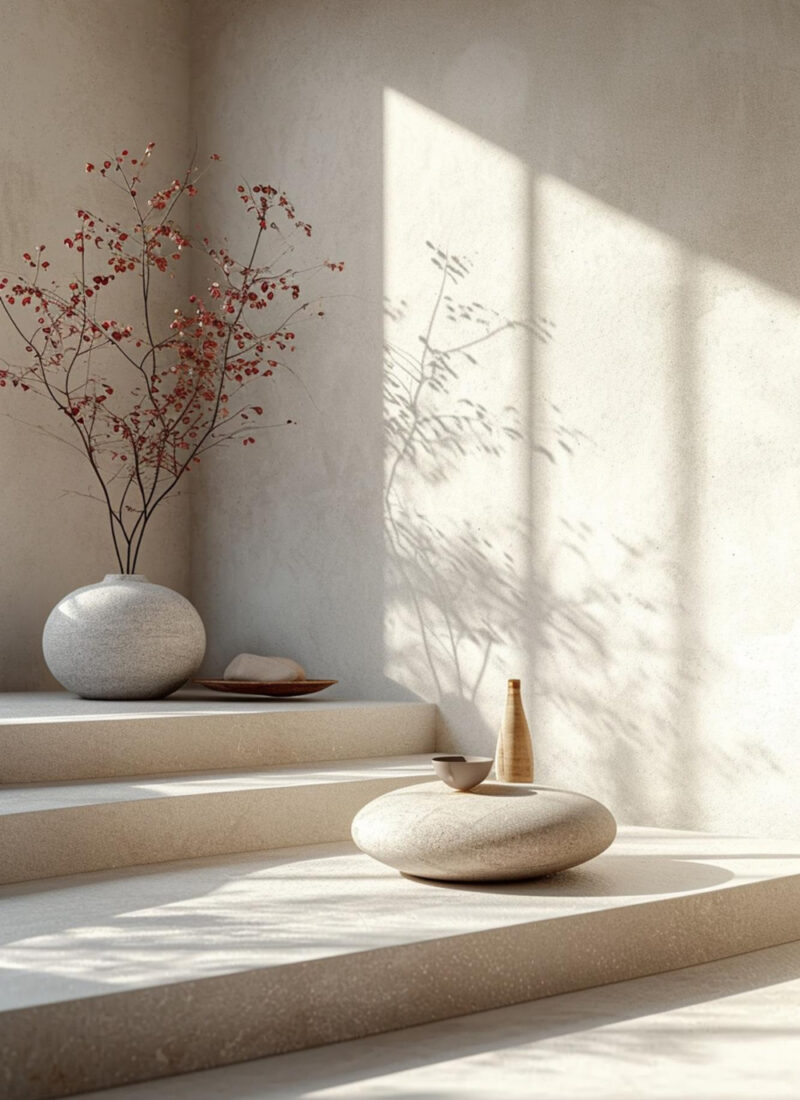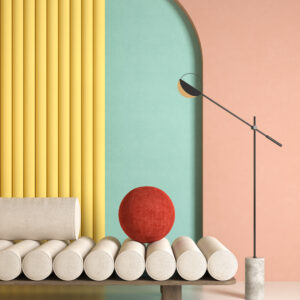An air of mystery, exoticism, and fantasy hovers over what Arabic interior design is. A design that’s built on tradition, culture, and opulence, Arabic interior design is a one-of-a-kind interior style that demands attention and respect.
If you want to design your living space in Arabic interior design yet don’t know where to begin, you have come to the right place. This article delves into a little-known interior design style, the Arabic style house design. It discusses what encompasses this design style and the elements that define it. Also included in this article are the practical tips that can help you decorate your home in the modern Arabic interior design style.
What Is Arabic Interior Design
Only a handful of design aesthetics can match the Arabian style of decorating a room. It can transform a rather insipid space into something lively and full of action. The Arabic style goes beyond the Arabian Nights and the magic carpet ride.
This interior design style is the amalgamation of the culture and traditions of the region that comprise the Arabian peninsula that comprises the countries Kuwait, Oman, Saudi Arabia, United Arab Emirates, and Qatar, among others. Many designers also include Morocco and Turkey as inspirations for the Arabic interior design style.
The aesthetics of this design have evolved throughout the centuries. Nowadays, you see the combination of Islamic decor and Western influences, particularly in regions that make up the Mediterranean. This created an opulent and exotic design that is unapologetic in its use of luxury.
But one must note that opulence and elegance aren’t the only descriptions you can use with Arabic interior design. Rustic variations also exist, such as Bedouin-style decorating, wherein less ornamentation is involved. A modern Arabic-style living room can be considered minimalist. That’s not surprising because Islam is one of the inspirations behind the design.
But the Arabian design stands out with the constant use of bold colors, albeit having earthy tones. Furniture pieces often have elaborate carvings, and the lighting fixtures are highly embellished. Rugs and tapestries are also must-haves for this style. Of course, gold accents should always be present, too.
How is Modern Arabic Interior Design Different?
Modern Arabic interior design is an evolution of the traditional style. It integrates contemporary trends while maintaining a strong bond with age-old elements. The result is a harmonious blend where sleek furniture layout aligns with Persian motifs, and neutral walls are adorned with arabesque patterns. Modern interpretations breathe new life into the style without diminishing its inherent essence.
Features of Arabic Interior Design
One of the advantages of Arabic interior design is allowing you to visualize what your room would look like without the fear of overindulging it with design. But remember that, while the Arabian interior design gives you more leeway than other design aesthetics, you still need to follow certain guidelines to stay within the design aesthetics.
Islamic Style
One of the strongest influences on Arabic interior design is Islam architecture. Often described as grand and majestic, Islamic design elements thrive on careful geometrical layouts. It also makes sense that the Arabic home would have an open space layout with wide arched entryways called the pishtaqs and opens up to a rectangular hall called the iwan.
The interior of an Arabic adjusts to the dome ceiling, too. Hence, you’d observe the arches are wider than the design style. Additionally, Arabic interior design utilizes many arch styles, sometimes acting as a wall focal point.
Photo by Maria Orlova
Color
Photo by Jelezniac Bianca on Unsplash
Arabian interior design often uses warm colors that shout extravagance. Different shades and color concentrations are used in the design to create depth. Color is not just limited to smaller accents. It’s common to see colored and textured walls that add more character to the Arabic-style living room. Common colors to use when designing an Arabic-inspired space are:
- Emerald green
- Gold
- Turquoise
- Red
- Crimson
Living Room
There is much emphasis on the value of family in the Arab culture. Fellowship and being with family during festivities are important. What better place to commune with a large family than in the living room, the heart of the home. That said, the choice of design pieces, as well as the layout of this room, utters great importance.
Photo by Anton Lecock on Unsplash
The layout should reinforce comfort and relaxation. Furniture pieces are often placed side by side or near each other. This is to encourage conversation and catching up.
Textiles
This is the icing on the cake in Arabic interior design. Fabrics and textiles can easily provide depth and layers. Such can make the room more interesting. Velvet, satin, silk, and cashmere are often used for throw pillows and drapery.
Photo by Linus Mimietz on Unsplash
Pillows would have tassels and trims. Drapery would have tiebacks and windows, valences, and swags. Fabric prints are both a sight to behold and an overload to the sense, in a good way, of course.
Furniture
Floor pillows were used in the past in lieu of furniture. Other alternatives included benches with legs close to the floor and tables acting as platforms. When the furniture was introduced, Arabic culture notched it one level higher. They made it opulent and full of carvings. Arabic furniture is often made of wood and adorned with Islamic motifs such as geometric and abstract designs. More exquisite designs have gold or mother or pearl inlay. Often, these furniture pieces are made of lemon wood, walnut, or rosewood.
Other furniture pieces you can commonly see in Arabic interior design are small polygonal end tables, room dividers, Qur’an boxes, and sofas.
Accents
Accents with metallic finish take the limelight. Look for tea sets with pewter, gold, silver, and bronze finishes. It doesn’t have to be purely in those finishes. Gilded accessories work well with the design, too. Look for metal chests or side tables. Mirrors with metallic gilded frames should complete the look.
Lighting
Photo by Magnus Jonasson on Unsplash
Lighting is just as important for Arabic interior design. Often, these design elements become the focal point of the room as they look very decorative. Details are vital, so choose ones with many curved lines and decorations. How these lanterns and chandeliers create a play of shadow and light provides the charm and delicateness of the Arabian interior design style.
Geometry
Modern Arabic interior design uses a lot of geometric patterns, which can be easily seen in the tiled walls and flooring and the wooden carvings of a wall divider.
Arabic Interior Design Tips
Arabian interior design is influenced by three great design movements: Islamic, Mediterranean, and Morrocan styles. All three have unique characteristics, but if you fuse the design elements from each style together, you create a room with more depth and character.
Match the colors of the wall with the cushions, upholstery, and drapery.
Add arabesque shelves to house your antiques and precious design pieces. Such shelves should be set up against a wall to create depth in the design.
Add latticed lanterns made of metal finish. You can suspend them from the ceiling or place them on the table or floor. Smaller ones are preferably on top of the table while the larger ones are better placed on the floor.
Make sure your main lighting fixtures have a dimmer so you can control the degree of light used for a particular room. For instance, you want your bedroom to be a place for relaxation. You might not want any harsh light for it so you can sleep better.
Don’t skip adding decor. Make sure the paintings and tapestries are large enough for your wall. There should be gold motifs all around. Balance those large wall art with smaller decorative plates.
Rugs complete the look, so make sure you choose the ones with Arabic elements. Look for a Kilim rug, a tapestry-style flat rug produced in Turkey, Iran, and other former Persian regions. These have geometric patterns and often depict the wishes of the weaver. Otherwise, you can choose a carpet made of wool.
Layer different kinds of textiles to achieve the depth you need. Add floor cushions, throw pillow, rugs, and even hallway runners. You can use the tent as inspiration. Cover the ceiling and walls with sheer fabric to mimic the tents used by nomadic Arab tribes.
But remember that silk fabrics are a favorite among the Arab people. They use them in almost everything like drapes and curtains, sofa covers, upholstery for dining chairs, and sheets for the bed. Use silk if you want to feel luxurious around your home.
Place an ottoman beside your sofa or some Moroccan poufs,
When you have a high ceiling, choose a forged chandelier and try to balance this out with some scones. Make sure the luminary is yellowish, as preferred in most Arabic homes.
Create an accent wall that could instantly evoke interest. For example, you can add paintings comprised of Qur’an verses or calligraphy art. This perfectly makes sense because Islam has been integrated into the overall design of the Arabian interior style.
If you feel that adding bold color tones to your walls, you can settle by incorporating jewel tones to accent pieces such as throw pillows, curtains, and carpets.
Always design with a theme in mind. In the case of Arabian interior design, you have a lot of design freedom but make sure that the elements you add should complement the overall theme.
You can replace your sofas and floor pillows with a diwan or divan, a Persian type of couch that has a headreast with no back support and should be placed against the wall.
Why is Arabic Design Style So Unique?
Arabic design stands out for its opulence, intricate geometric patterns, and lavish textiles like silk and cashmere. Embellishments such as carvings, stucco work, and ceramics enhance the sense of luxury. The Arabian style heavily features items like floor cushions, lanterns, and heavy curtains which transform a house into an Arabian haven. This design, inspired by Arab culture and traditions, adds depth and another layer to our living spaces.
To End
Rarely can you find an interior design style that combines charisma, luxury and warmth as the Arabian interior design. Do you prefer this interior design style? Share your thoughts about Arabian interior design in the comments section.




